This is not the self-satisfaction of the Vietnamese people but rather the assessment of foreigners. Recently, a YouTube channel of a Korean individual made a comparison between Vietnam and the other 9 Southeast Asian countries, and they recognized many distinctive differences in culture, religion, and even political systems. This video attracted over 1 million views and more than 1000 comments, including some very long comments from Korean netizens. So why are we special?
First, it must be acknowledged that most Southeast Asian countries are heavily influenced by India, with the civilizations of the Indus and Ganges rivers recognized as some of the oldest civilizations in the world, having a profound impact on humanity for thousands of years. The largest religions, such as Buddhism and Hinduism, originated from here. Due to its geographical location adjacent to the Indian subcontinent, Indian culture easily spread across the world.
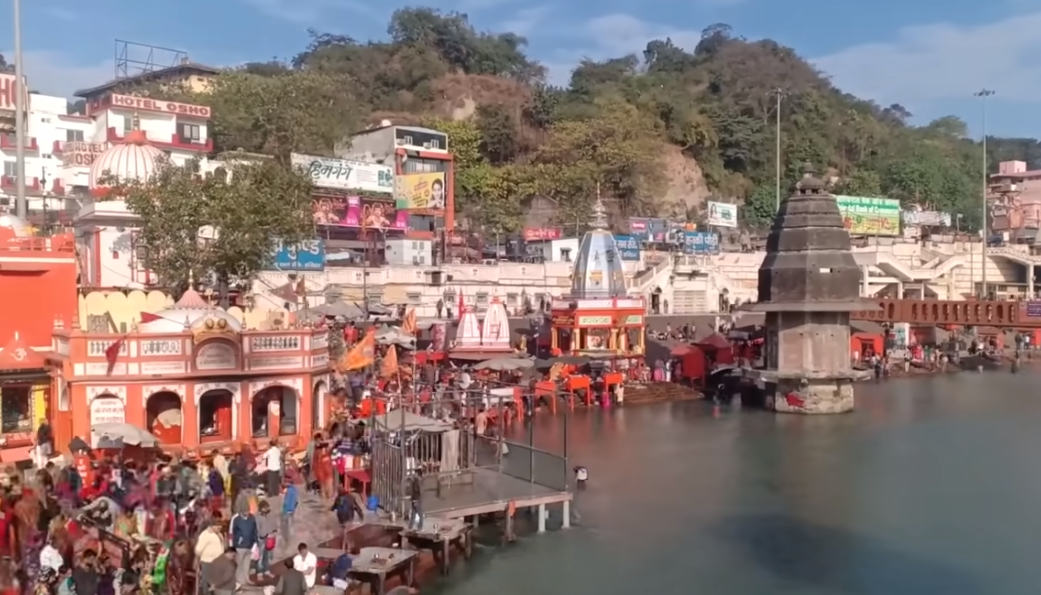
Before the 20th century, the West referred to this region as the East Indies based on its geographical position, from which they established large economic corporations such as the British East India Company, the Dutch East India Company, and the French East India Company, engaging in both economic activities and extensive political intervention to maximize colonial exploitation. Geographically, the boundaries have been clearly defined, and of course, Vietnam belongs to the Southeast Asian region, while China, Japan, South Korea, and North Korea belong to the East Asian or Northeast Asian region. However, the issue we are concerned with here is the cultural space or the geo-cultural or historical-cultural area, and in this regard, geographical location is important, but historical relationships and cultural similarities are the main basis. Also, in the concept of cultural space, the scope of the region can shift over the course of history and is not entirely bound by modern national borders.
Since ancient times, the process of Indianization has occurred strongly towards the east, exemplified by the spread of Buddhism, with Buddhist missionaries traveling in two directions. The first direction went through present-day Myanmar, through Thailand, Laos, Cambodia, and all the way to central and southern Vietnam. Indian culture continued to spread to the southern regions, now known as Malaysia and Indonesia. This is now referred to as Southern Buddhism. The second direction saw Buddhist missionaries heading northeast, crossing the majestic Himalayas to reach Chinese territory, where they blended with Chinese culture, creating Northern Buddhism, which spread from China to other territories from Korea to Japan and, of course, down to Vietnam.
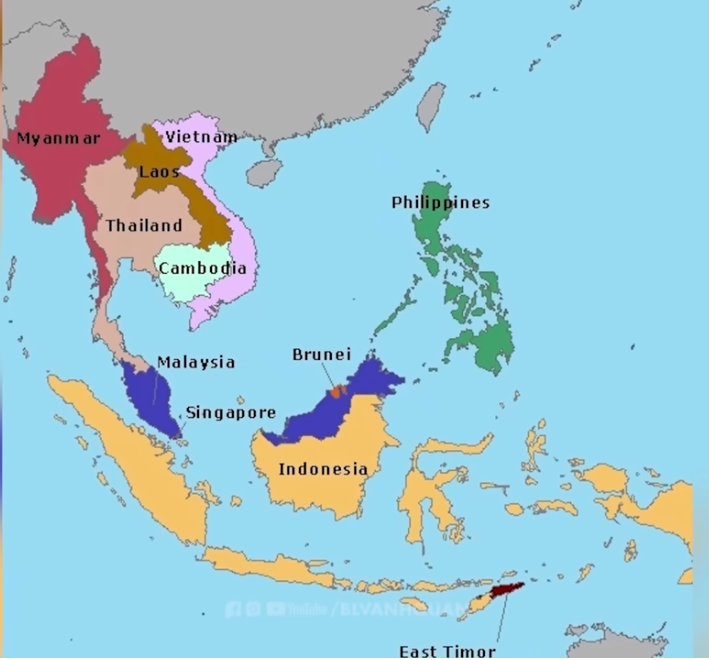
As for our country, Northern Buddhism was introduced during the 1000 years of Chinese feudal domination in the north. According to Buddhism, the cultures of India and China also influenced Southeast Asian countries, making Vietnam a very special country, as the north was influenced by China, while the central and southern regions were influenced by India.
Until the 14th century, the southern territory of Vietnam was home to the Champa and Funan kingdoms, where Indian culture was predominant, and no Southeast Asian country was as unique as this. According to researchers, although the world has hundreds of different ethnic groups, they generally revolve around four major civilizations: Chinese civilization, Indian civilization, Islamic civilization, and Christian civilization. Vietnam is one of the rare countries influenced by two of these four major civilizations. Since 1948, scientist Acodes has studied the process of Indianization of Southeast Asian countries from the beginning of the Common Era until before contact with the West in the early 16th century, asserting that Funan settlements in central and southern Vietnam were among the earliest Indianized states. Meanwhile, Annam in northern Vietnam was being Sinicized. Thus, the author distinguished between the Indianized and Sinicized regions in Southeast Asian countries and on the territory of present-day Vietnam, where both Indianization and Sinicization occurred on the basis of the indigenous cultures of Southeast Asian residents and South Asian culture.
Later, with the southward expansion of the Vietnamese feudal dynasties, Chinese civilization or Sinicization was replaced by Indian civilization in the central and southern regions. Kingdoms like Champa and Funan collapsed and disappeared from the map, and the people gradually assimilated into East Asian civilization. Today, our country is entirely part of the Sinicized world, which includes seven countries and territories: China, Taiwan, Hong Kong, North Korea, South Korea, Japan, and Vietnam. Singapore, which is part of Southeast Asia, can also be classified in this category, with 75% of its population being of Chinese descent. However, it is not considered a culture characterized by ethnic diversity, which includes Indians, Malays, Westerners, and Muslims. The veneration of Chinese culture in the monarchies has been thoroughly copied, from language and customs to heroes, with people and Confucian scholars venerating Guan Yu, Zhuge Liang, and using the Four Books and Five Classics, as well as the historical experiences of the northern feudal dynasties.
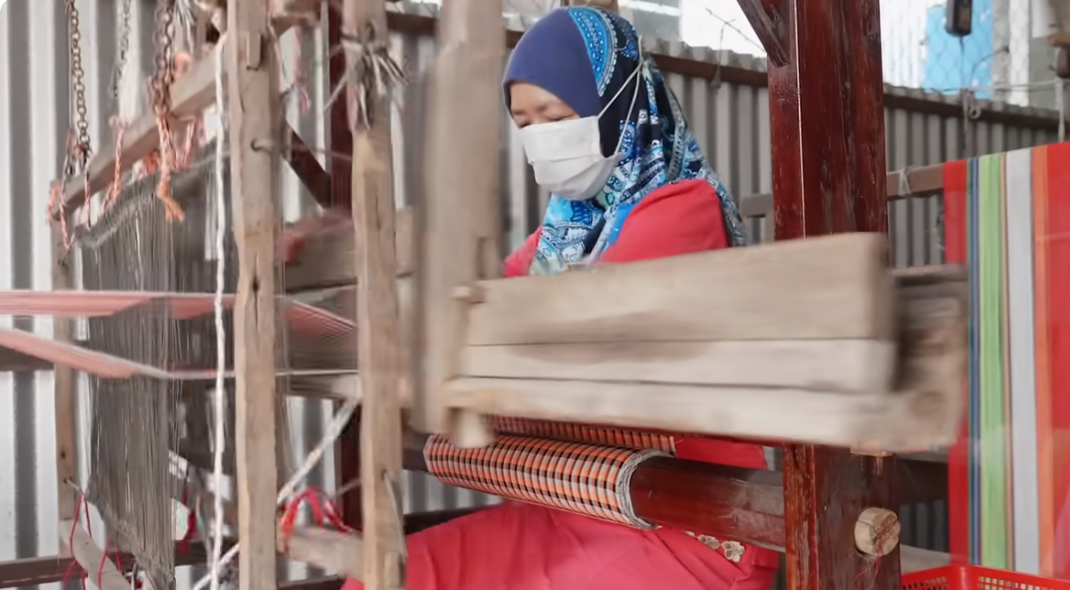
The first university in Vietnam, the Quốc Tử Giám, worshipped Confucius, and only later was the Vietnamese teacher Chu Văn An included in the worship. The influence of East Asia is most clearly reflected in writing; after 1000 years of Northern domination, the feudal dynasties of Vietnam used Chinese characters as the main writing system. Although we have retained our own language without being assimilated by China, our writing completely borrowed from them. Later, in the 10th century, the Nôm script was created specifically for the Vietnamese, but it was fundamentally based on Chinese characters. This is very similar to other countries in the Sinosphere, such as Korea, South Korea, and Japan.
Koreans also used Chinese characters as their national language until the 20th century, when they completely abandoned them and adopted their own script, Hangul. As for Japan, their current writing includes a set of Kanji that reflects the profound influence of Chinese culture over thousands of years. Thus, while Southeast Asian countries wrote based on the Sanskrit script of India, Vietnam is the only country that wrote based on Chinese. It was not until the 20th century that the Portuguese created the national script written in Latin characters. From then on, Vietnam completely abandoned Chinese characters. Regarding the political system of Vietnam, it is also quite different from the rest.
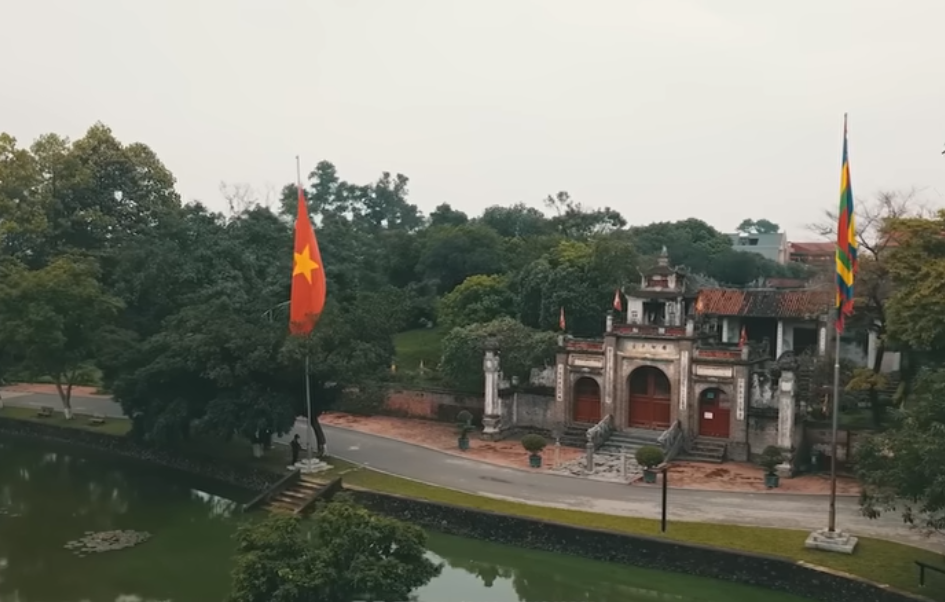
Southeast Asian countries all built their states based on multi-party capitalist lines, with some countries retaining monarchies, such as Thailand and Cambodia. However, these monarchies are mostly symbolic and have little real power; only Vietnam and Laos follow a socialist regime with a single leading party. Of course, any political system has its advantages and disadvantages, but a one-party political system helps ensure a high degree of unity in policies and directives from top to bottom, with less disruption from short terms like in multi-party countries.
Korean netizens have commented that although the Communist regime seems atheistic, in daily life, Vietnamese people are very religious. Although the largest religion is Buddhism, the influences of Taoism and Confucianism here are also significant, with the concepts of "loyalty to the king and love for the country, valuing righteousness and virtue, and valuing men over women" from China deeply ingrained in many generations of Vietnamese people over thousands of years and still existing to this day. Everyone celebrates the Lunar New Year and the Mid-Autumn Festival just like in East Asian countries: China, South Korea, North Korea, and Japan. In addition to the Western solar calendar, the lunar calendar still exists alongside it, and people still consider auspicious days and times for worship according to this lunar calendar.
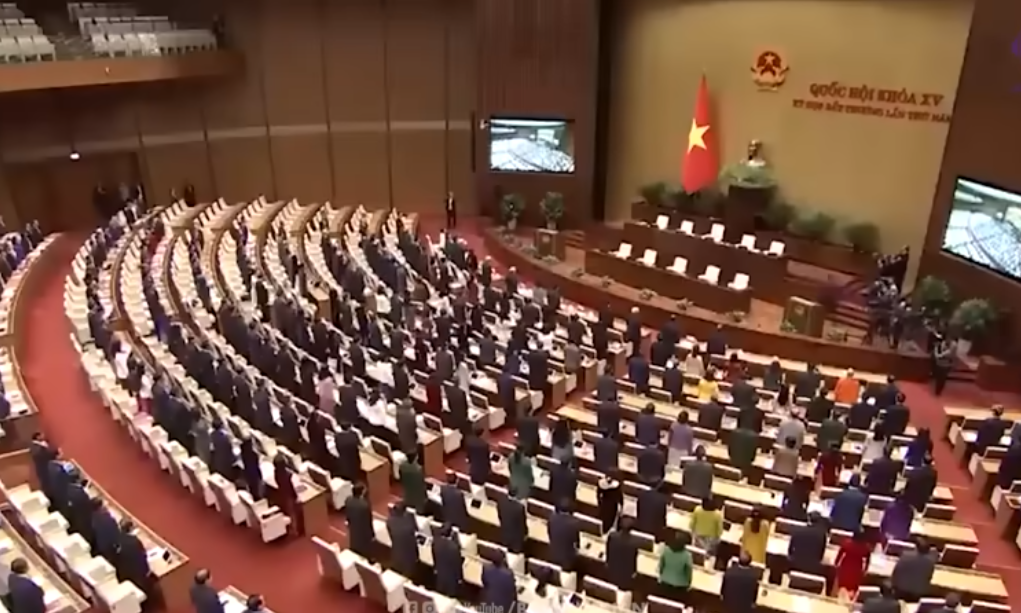
Demographically, Vietnamese people have smooth white skin and straight hair, appearing somewhat more attractive than people from other Southeast Asian countries, while Indonesians, Malaysians, Thais, and Cambodians tend to have darker skin and curly hair. Perhaps, in terms of anthropology, Vietnamese people inherit from their ancestors, the Baiyue tribes living in southern China in ancient times. Today, globalization has emerged in terms of culture, economy, and clothing, with all countries copying the Western model, and among our countries, we do not see a significant cultural difference. However, in the face of the Western homogenization storm sweeping through each country and ethnic group, there is still an effort to preserve traditional values to some extent, and Vietnam is no exception.
Vietnamese culture, although it has mixed through many historical upheavals and wars, still retains its East Asian characteristics and is distinct from the rest of Southeast Asia.
